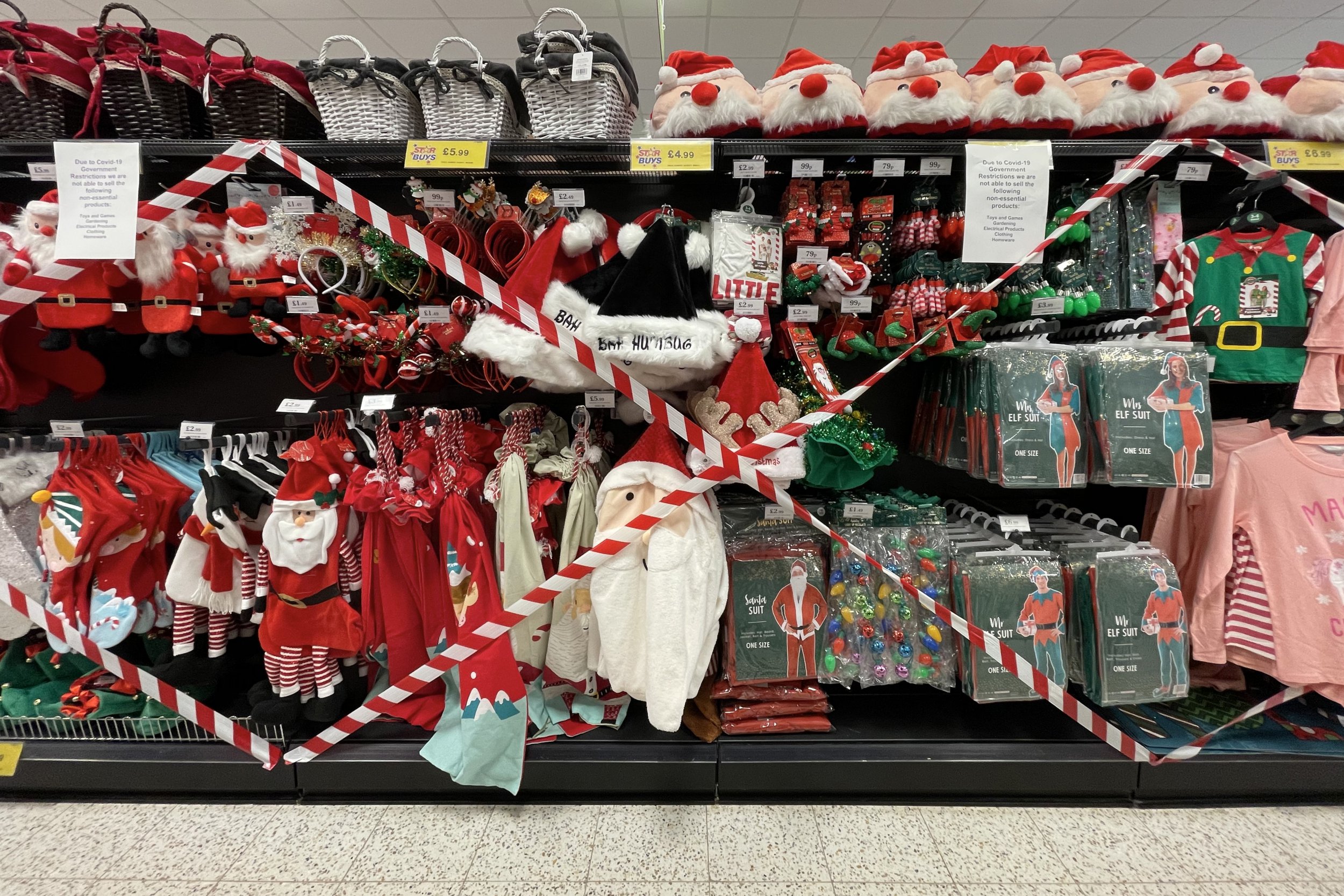How can you timely identify non-selling goods in the store?
Every store (chain) owner desire to have and sell only popular and profitable goods. However, in practice, this is not always possible. How to quickly understand which product is unsaleable (non-selling) and whether it is worth removing it from the assortment?
What is the non-selling product?
Non-selling goods are goods that have not been sold for a long time. These may include:
- expired goods;
- defective goods;
- goods that are not in demand;
- seasonal items out of season.
For a retailer, non-selling goods are a forbidden luxury. Since they "freeze" money in the stocks, require additional storage costs, and reduce the opportunity to increase profits.
How can you analyze unsaleable goods?
To analyze unsaleable goods in detail, you should occur the following analytical steps:
Step 1. Find non-selling goods.
The main criteria for a non-selling good are minimal (missing) sales for a long time with a significant amount of stocks. To identify such goods, it is useful to evaluate indicators:
- Turnover;
- Sales Qty;
- Checks Qty;
- Costs of inventory stocks;
- Qty of inventory stocks.
This information can be detailed by individual brands, and categories (subcategories).
Step 2. Evaluate the turnover rate of goods
Another characteristic of an unsaleable good is its low turnover rate. In other words, this good is illiquid because it slowly converts into money.
In this step, it is useful to evaluate the following indicators:
- Turnover rate = Turnover / Average Inventory stock
- Duration of one turnover = Average inventory stock * Number of days in the period / Turnover.
Now you can get additional confirmation that goods at low sales "froze" the funds in the inventory stocks.
Step 3. Calculate the goods' expiration date
An important characteristic of each product is the maximum period of sale. And if they are not sold while this period, then the store incurs losses as a result of its storage.
The formula for calculating this critical expiration date is:
\(M = {\textsf{ R + H (W - Y) } \over\textsf{H +Z }}\)
where M is the critical goods' expiration date, months;
R - average marginal profitability of goods sales (markup),%.
H - alternative profitability of money invested in the inventory stocks (per month),%.
Z - variable costs (per month) for storing goods in a warehouse, expressed as a percentage of the cost of a unit of goods.
Y - average payment postponement to buyers, months.
W - payment postponement for this product from the supplier, months.
Example:
- The average marginal profitability of sales (markup) for a good (R) is 25%.
- The company has the opportunity to place money in a deposit account in a bank at 1.2% monthly (H).
- Variable costs (Z) for storing goods in a warehouse (moving goods, repacking, etc.) are 1% of the cost per month.
- Postpone of payment to suppliers of goods - 0.5 months. At the same time, buyers cannot buy goods in postponement.
M = ((0.25 + 0.012 × (0.5 - 0)) : (0.012 + 0.01) = 11.6 months
I.e., this good must have been sold for no more than one year. Otherwise, the storage and sale of non-selling goods are unprofitable for the company.
After unsaleable goods are identified, what should you do next? A rational solution is to minimize their stocks by holding promotions or returning the supplier.
Step 4. Determinate the feasibility of removing the non-selling goods from the assortment
Goods that are not in the desired demand do not always need to be immediately removed from the assortment. If the goods are rarely sold, but are profitable (marginal), they should be left in the assortment with a minimal amount of stocks.
To assess the profitability of identified non-selling goods, the following indicators will be useful:
- Turnover or sales Qty;
- Markup, %;
- Margin, %.
Example:Two non-selling products (with a minimum turnover and sales Qty) were identified: "Brandy" and "Wine".
Brandy has a margin of 19.54%, and wine has a margin of 26.97%.
The markup for brandy is 24.29%, and for wine is 36.92%.
Therefore, if the retailer is thinking about what item from these goods should be moved from the assortment, then it should be "Brandy".
In the future, for the good "Wine" it is worth using measures that will help you to increase its sales:
- change its location or layout;
- organize pair promotional events;
- use additional advertising tools (signboards, banners on the trading floor).
The described analysis steps should be carried out regularly, at least once a month. This will allow retailers to always know and take appropriate action in a timely manner and ensure the sale of unsaleable goods.
For a quick and accurate analysis of non-selling products, we recommend using the "Unsalable Products" report on the BI Datawiz platform for retailers.
 Novedades
Novedades






 ¡No se necesita tarjeta bancaria!
¡No se necesita tarjeta bancaria!